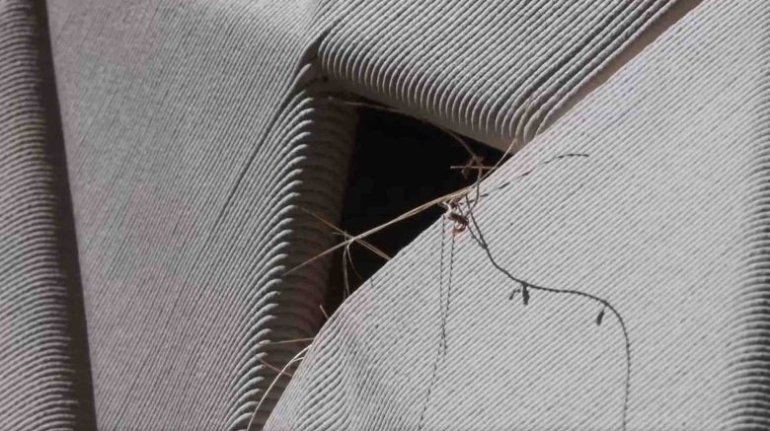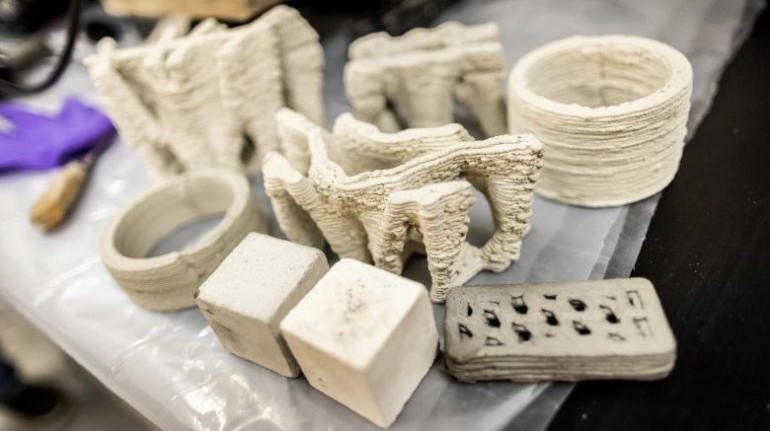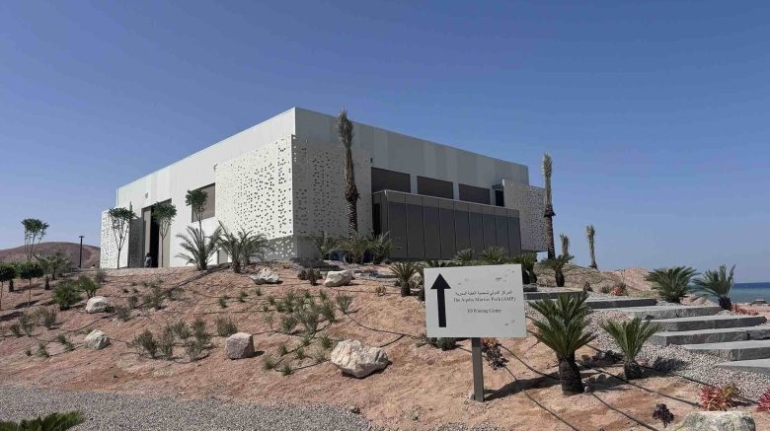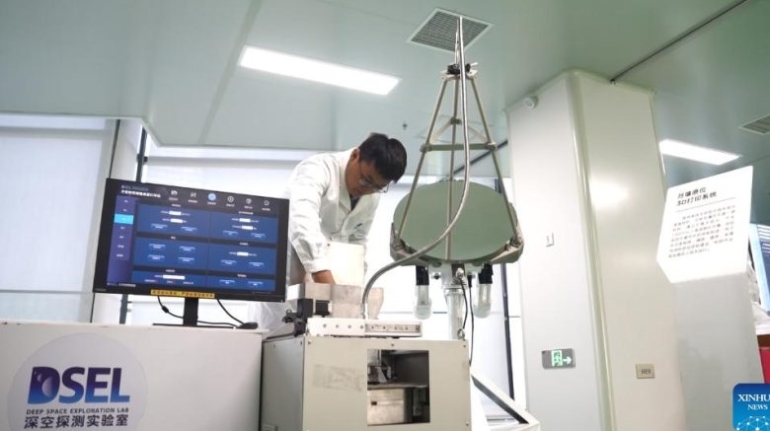QR3D, Singapore’s first 3D printed multi-story home, is an architectural marvel 3D Printing Processes
Singaporean architecture firm Park + Associates (P+A) has achieved a first in the city-state with the completion of its QR3D prototype housing project. The build, which now houses P+A’s founder Lim Koon Park and his family, is the first multi-story 3D printed building in Singapore.




